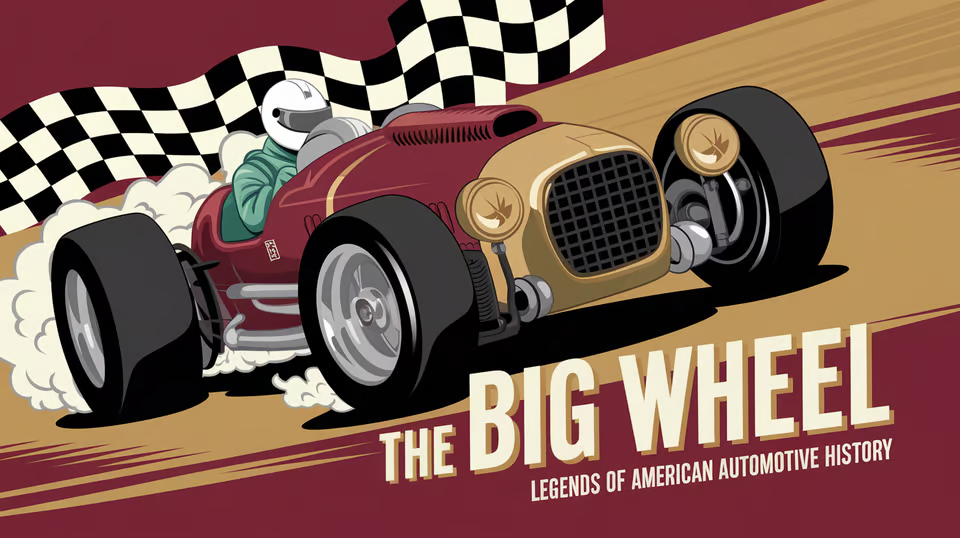F1 and Indy 500 Set for Major 2026 Schedule Clash
The motorsport world is buzzing with excitement—and a fair bit of controversy—after Formula One (F1) unveiled its 2026 schedule. For the first time ever, a race date lands directly on the same day as the legendary Indianapolis 500.
This bold move has sent shockwaves through fans, drivers, and industry insiders. Everyone’s got an opinion, and honestly, who can blame them?
The 2026 F1 Schedule: A Bold Move
Contents
F1 announced its 2026 calendar with plenty of fanfare, boasting a record 25 races. But all the chatter centers on one thing: the Monaco Grand Prix will now run on the same day as the Indy 500.
Usually, these two iconic events happen on different weekends, letting fans soak up both. This year, though, F1’s made a statement—one that feels like it’s staking a claim for dominance in the motorsport world.
The sport’s been expanding aggressively, and this scheduling decision just underlines that ambition. Some see it as a power play, others as a risky gamble.
Impact on Fans and Viewership
This overlap will force motorsport fans to pick sides. If you usually watch both, now you’ve got to choose between Monaco’s glitz and the Indy 500’s deep-rooted tradition.
That’s bound to split viewership and could shake up television ratings and sponsorships for both races. For fans, it’s a tough spot—Monaco’s famous for drawing celebrities and high-profile guests, while the Indy 500 is pure racing history.
Honestly, who wants to choose? Most would rather not have to.
Drivers’ Dilemma: Choosing Between Two Icons
The clash isn’t just tough on fans; drivers who’ve raced in both F1 and IndyCar face a real dilemma. Take Fernando Alonso—he’s raced in both, but now he’d have to pick one.
This could impact the quality of the driver lineups. Some top talents might have to sit out one event, and that’s a loss for everyone.
Teams and Sponsorship Implications
Teams and sponsors are feeling the heat, too. F1 outfits and their backers need to weigh the benefits of Monaco against the exposure of the Indy 500.
This could shift sponsorship deals and marketing strategies, as everyone scrambles to get the most bang for their buck. For IndyCar teams, losing star drivers and media buzz to Monaco could hurt ticket sales and merchandise.
It’s a ripple effect that could impact fan engagement across the board.
Historical Context: A Clash of Titans
Monaco and the Indianapolis 500 are two of motorsport’s crown jewels. Since 1929, Monaco has dazzled with its tight street circuit and glamorous backdrop.
Every F1 driver wants to win there. Meanwhile, the Indy 500, running since 1911, is a cornerstone of American racing—famous for its speed and edge-of-your-seat finishes.
Tradition vs. Modernization
This clash feels like a snapshot of the ongoing tug-of-war between tradition and modern trends in motorsport. F1 keeps pushing into new markets and adding entertainment value, while the Indy 500 stays true to its roots.
It’s hard not to notice the different philosophies at play. F1’s decision to go head-to-head with the Indy 500 sure feels bold, but it could alienate fans who cherish racing’s history.
Looking Ahead: The Future of Motorsport
So what now? The long-term fallout from this scheduling mess isn’t clear yet.
Will this clash stick around, or is it just a one-off experiment? Nobody knows for sure.
Potential Resolutions
Maybe F1 and IndyCar will find a compromise—adjusting dates or staggering the events so fans can catch both. That’d be ideal, wouldn’t it?
Or maybe the market will decide. If ratings tank or fans push back, both organizations might have to rethink things. On the flip side, if the clash sparks more interest, maybe it becomes a new motorsport tradition.
Conclusion
The decision to put the Monaco Grand Prix on the same day as the Indianapolis 500 has rattled the motorsport world. Fans, drivers, and teams are still trying to wrap their heads around what this means for the future.
Honestly, nobody really knows how this will play out. F1’s move feels gutsy—maybe even a little reckless—but it’s hard not to feel a jolt of excitement about where things could go from here.
If you want more details or just want to keep tabs as this story unfolds, check out the Sports Business Journal.

